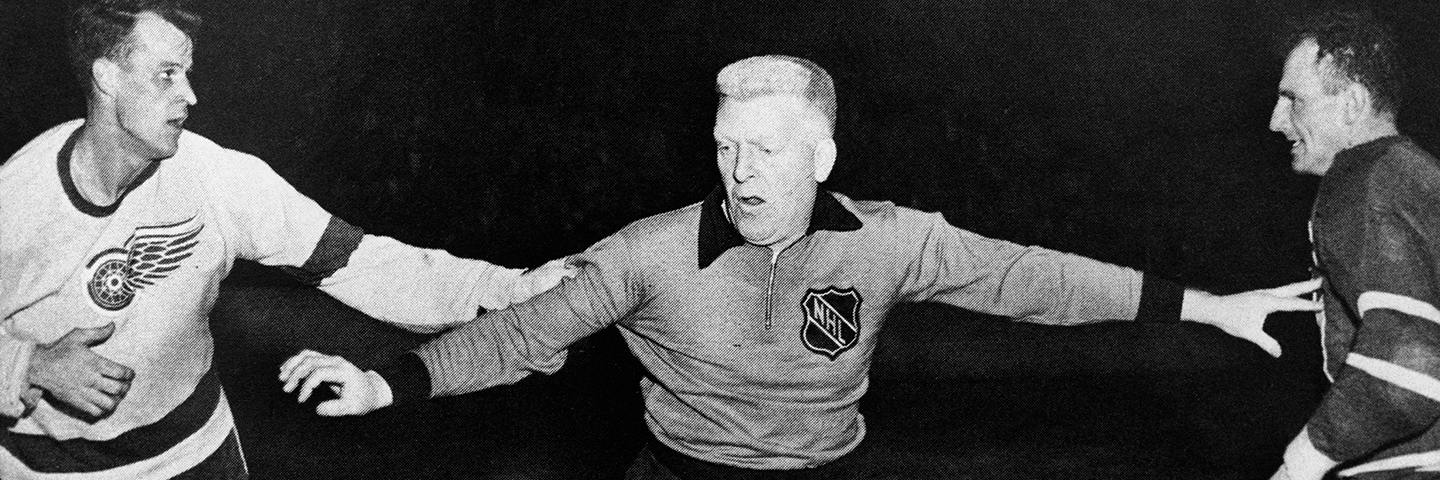- Nov 1, 2022
- 0
- 13
A couple years ago, I set out to create my own ranking of the greatest players of all time, based in part on Hockey Reference's Adjusted stats. I soon realized that players from the 40s, 50s and 60s rate poorly according to these stats, and I wondered if that was an accurate reflection of their achievements, or an artifact of HR's methods.
Most of the adjustments they make are pretty common-sense. You obviously want to adjust for the length of season, goals per game, and assists per goal. But they also adjust for roster size, applying a penalty to players before 82-83, when rosters were smaller. I've concluded that this is a fair adjustment.
The reasoning, I think, is that smaller rosters mean players get more TOI on average per game. Players on a 16-man roster play 11% more on average than those on a 18-man roster; shouldn't we adjust their point totals accordingly? This sounds reasonable, but we can check whether this adjustment produces plausible results.
I'll focus on Adjusted Goals (G/A) here, because then I can ignore the assists per goal adjustment. If you look at the 37 players who've scored 60 G/A, the first thing you might notice is there are a lot from the 1920s and 30s. Look closer, and you'll see very few from the following decades. Specifically, there are:
10 from 1925-32 - more than one per year!
3 from 1933-71 - one every 13 years
3 from 1972-82 - one every 3 1/2 years
21 from 1983-2024 - one every 2 years
The shift after 1932 is stark, from 60 G/A seasons being routine, to almost non-existent. I've partitioned the last 3 eras based on changes to roster sizes: from 16 skaters to 17 in 1972, and to the current standard of 18 in 1983. There were several other changes to rosters in the 60s and earlier, but generally rosters were smaller than 17. You can see that the differences between these eras are quite dramatic.
It's unclear exactly what numbers HR is using for historical roster sizes, but one account of the history is here. Bear in mind, adjusting for a roster of 17 means removing 5.5% from a player's goal total. If they play on a roster of 16, they're penalized by 11%, and if it's 14, 22%!
I've looked at this a few different ways, and I'm convinced that the roster size adjustment is misguided, and is artificially depressing the numbers of players before 1983. I'll have more to share in the future, but I'm curious what others think, and if someone else out there is publishing adjusted stats without the roster size adjustment.
Most of the adjustments they make are pretty common-sense. You obviously want to adjust for the length of season, goals per game, and assists per goal. But they also adjust for roster size, applying a penalty to players before 82-83, when rosters were smaller. I've concluded that this is a fair adjustment.
The reasoning, I think, is that smaller rosters mean players get more TOI on average per game. Players on a 16-man roster play 11% more on average than those on a 18-man roster; shouldn't we adjust their point totals accordingly? This sounds reasonable, but we can check whether this adjustment produces plausible results.
I'll focus on Adjusted Goals (G/A) here, because then I can ignore the assists per goal adjustment. If you look at the 37 players who've scored 60 G/A, the first thing you might notice is there are a lot from the 1920s and 30s. Look closer, and you'll see very few from the following decades. Specifically, there are:
10 from 1925-32 - more than one per year!
3 from 1933-71 - one every 13 years
3 from 1972-82 - one every 3 1/2 years
21 from 1983-2024 - one every 2 years
The shift after 1932 is stark, from 60 G/A seasons being routine, to almost non-existent. I've partitioned the last 3 eras based on changes to roster sizes: from 16 skaters to 17 in 1972, and to the current standard of 18 in 1983. There were several other changes to rosters in the 60s and earlier, but generally rosters were smaller than 17. You can see that the differences between these eras are quite dramatic.
It's unclear exactly what numbers HR is using for historical roster sizes, but one account of the history is here. Bear in mind, adjusting for a roster of 17 means removing 5.5% from a player's goal total. If they play on a roster of 16, they're penalized by 11%, and if it's 14, 22%!
I've looked at this a few different ways, and I'm convinced that the roster size adjustment is misguided, and is artificially depressing the numbers of players before 1983. I'll have more to share in the future, but I'm curious what others think, and if someone else out there is publishing adjusted stats without the roster size adjustment.


